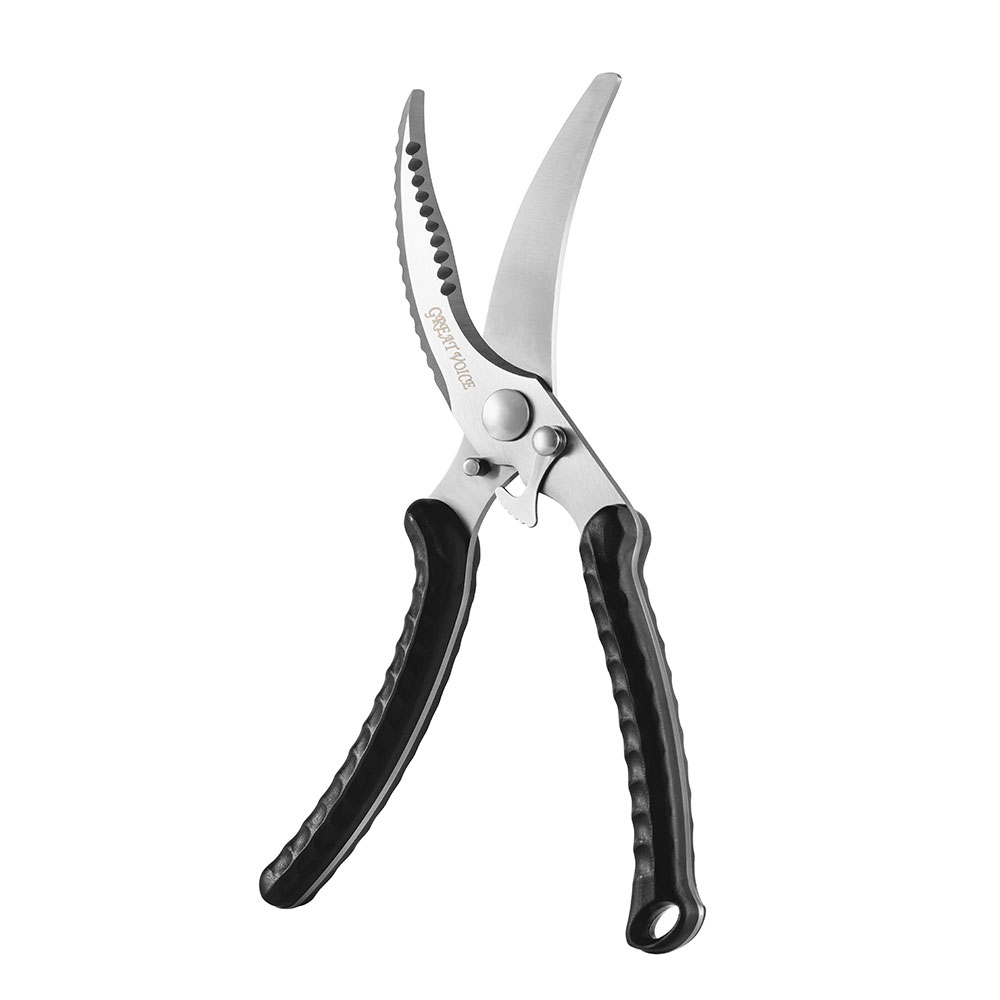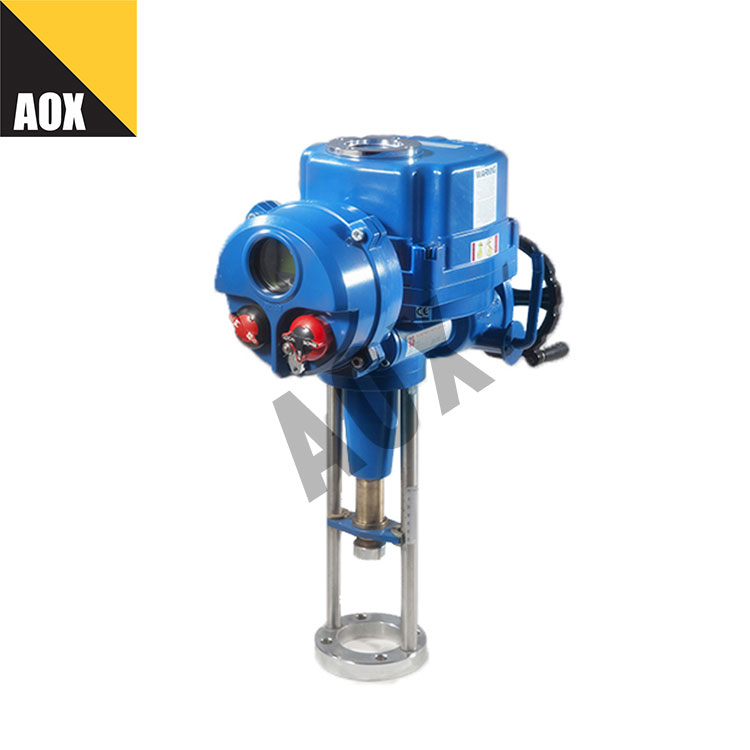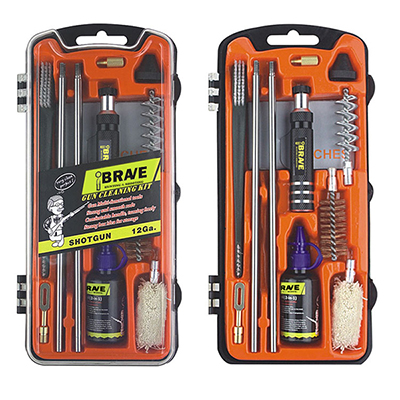Toilet Seat Not Soft-Closing? Here's What You Can Do
Introduction:A soft-closing toilet seat is a convenient feature that adds comfort and reduces noise in the bathroom. However, if your toilet seat is not soft-closing as it should be, there are a few steps you can take to troubleshoot and potentially resolve the issue. In this blog, we will explore s......
Send Inquiry
Product Description
Introduction:
A soft-closing toilet seat is a convenient feature that adds comfort and reduces noise in the bathroom. However, if your toilet seat is not soft-closing as it should be, there are a few steps you can take to troubleshoot and potentially resolve the issue. In this blog, we will explore some common reasons why a toilet seat may not be soft-closing and provide practical solutions to help you restore the smooth and quiet operation of your toilet seat.
1. Check for Obstructions:
Sometimes, a non-soft-closing toilet seat is simply due to obstructions preventing the slow-closing mechanism from functioning correctly. Start by carefully inspecting the area around the hinges and the seat itself. Look for any debris, foreign objects, or built-up dirt that might be interfering with the seat's movement. Clean the hinges and the seat thoroughly, ensuring there is no obstruction hindering the soft-closing action.
2. Tighten Loose Hinges:
If the hinges that connect the toilet seat to the bowl are loose, the soft-closing function may not work effectively. Using a screwdriver, tighten the screws or nuts that secure the hinges to the toilet bowl. Ensure they are snug but not overly tight. This adjustment should help restore the proper soft-closing action.
3. Replace Damaged Hinges or Dampers:
Over time, the hinges or dampers that control the soft-closing mechanism may wear out or become damaged, causing the seat to lose its slow-closing feature. If you notice visible damage to the hinges or dampers, it may be necessary to replace them. Check with the manufacturer of your toilet seat or consult a plumbing professional to find the appropriate replacement parts.
4. Adjust Tension on Hinges:
Some toilet seats allow for adjusting the tension on the hinges to control the soft-closing feature. Refer to the user manual or instructions provided with your toilet seat to determine if this option is available. If so, follow the provided guidelines to adjust the tension accordingly. This adjustment can help fine-tune the soft-closing action and ensure optimal performance.
5. Consider a New Soft-Closing Toilet Seat:
If all troubleshooting steps fail to restore the soft-closing feature or if the seat is old and worn beyond repair, it may be time to invest in a new soft-closing toilet seat. There are various options available on the market, ranging in style, materials, and price points. Choose a seat that fits your toilet bowl size, preferences, and budget, and enjoy the benefits of a new, properly functioning soft-closing toilet seat.
Conclusion:
While a non-soft-closing toilet seat can be frustrating, there are steps you can take to address the issue. By checking for obstructions, tightening loose hinges, replacing damaged parts if necessary, adjusting tension, or considering a new soft-closing toilet seat, you can restore the quiet and comfortable operation of your bathroom fixture. Remember to consult the manufacturer's instructions or seek professional assistance if needed to ensure proper installation and maintenance.










